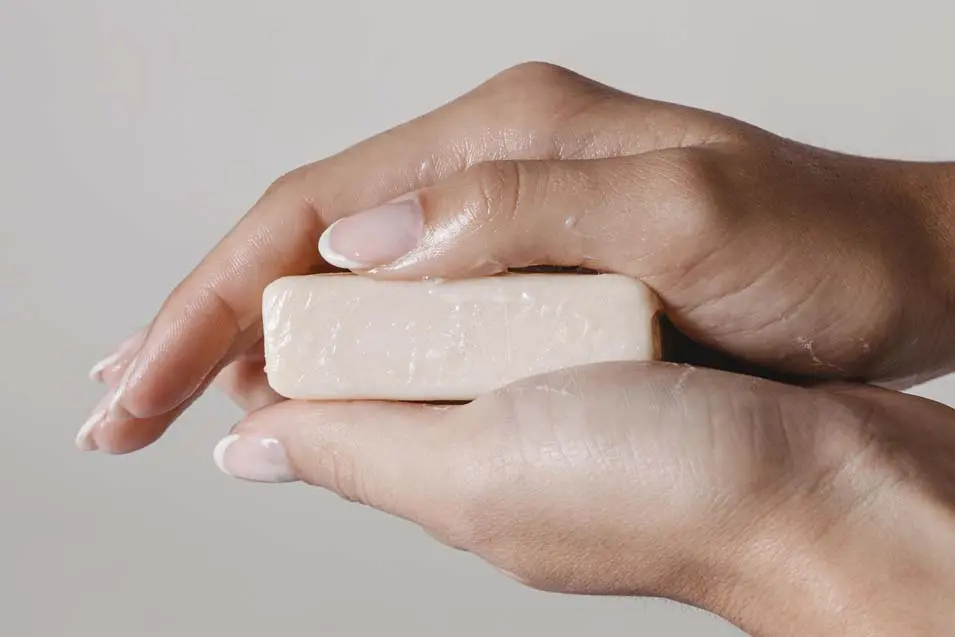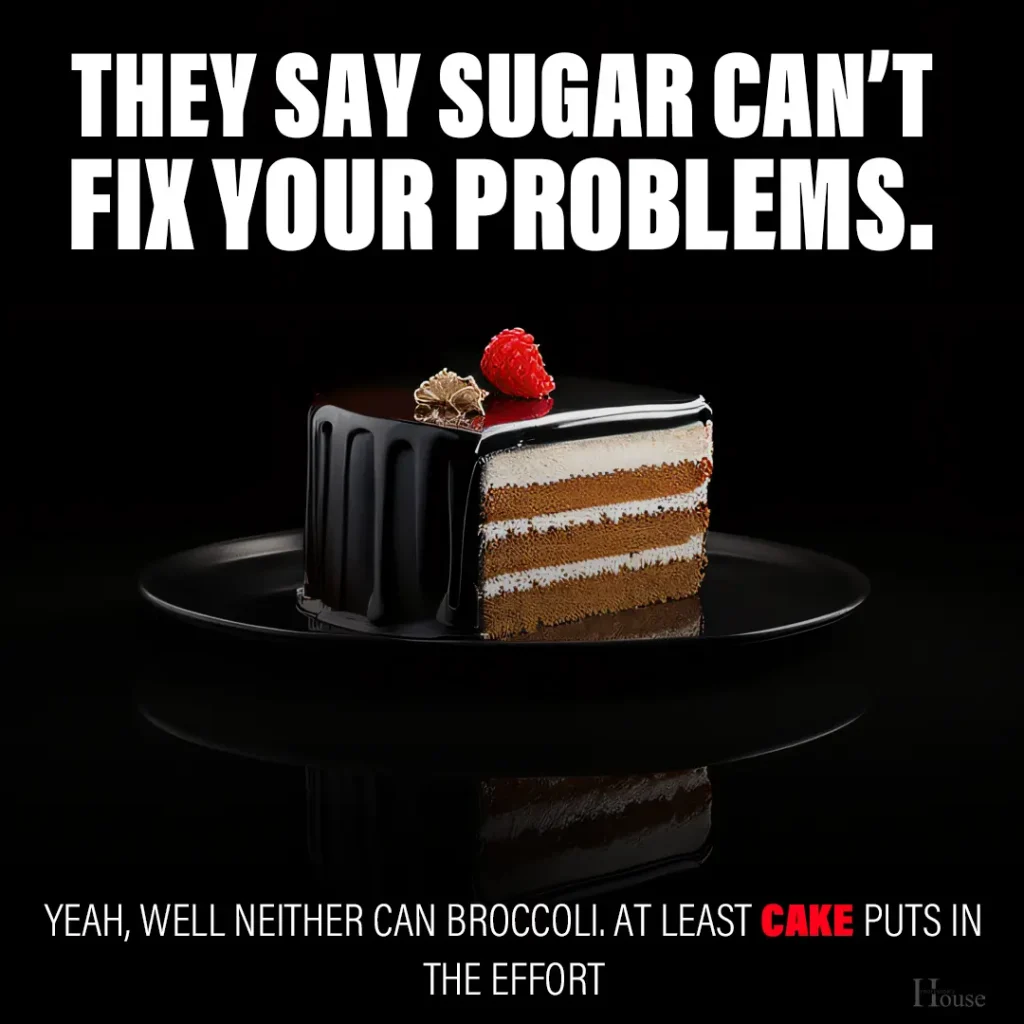Understanding and Tackling Soap Scum1
Most people know soap scum as that frustrating, cloudy residue on shower doors or tubs. Technically, it’s “the substance resulting from the reaction of hardness minerals in water with common household soaps, typically appearing as a bathtub ring or glass shower door film.”
Delving into the chemistry, soap molecules have a “free end” that attracts fat molecules. Essentially, soap scum is a mix of soap and fat, often exacerbated by hard water. Surprisingly, using more soap can reduce soap scum. Most people apply enough soap to clean themselves or dishes but not enough to fully react with all the fat, leaving the freed fat to stick to the tub or sink.
Prevention and Cleaning Solutions
Defining soap scum is straightforward; eliminating it is the challenge. Prevention is a key step. After showering or bathing, wipe down the tub or shower stall. Alternatively, daily shower cleaners can be sprayed on surfaces to prevent buildup. For best results, use this method after a deep clean.
Some users claim switching from fatty bar soaps to liquid body wash gels reduces scum. From personal experience, I agree. However, environmentally conscious individuals might hesitate due to the recycling demands of plastic bottles, making this less appealing for some.
Another preventive approach involves applying furniture or car wax to walls and tubs to repel soap scum. This method doesn’t appeal to me—it seems slippery, and I’d be concerned about wax affecting grout—but some advocate for it.
If prevention fails, you’ll need to tackle existing scum. Its fat content means soap scum can be dissolved by fat-dissolving agents. Many commercial cleaners use sodium hydroxide or ammonia, which are effective but harsh on skin, requiring gloves.
For a gentler option, try Krud Kutter, a non-toxic cleaner with positive reviews. Alternatively, make your own cleaner with household items.
Most commercial removers include an abrasive for scrubbing. You can mimic this by mixing baking soda with water to form a paste. Apply it, let it sit for ten minutes, then rinse thoroughly.
Vinegar is another staple for homemade cleaners. Use it full-strength in a spray bottle, douse the shower or tub, let it sit for a few minutes (longer for stubborn scum), and wipe clean.
Short on time? Dryer sheets have a reputation for removing soap scum. Use them like a rag to wipe surfaces. However, consider the potential health effects of fabric softeners before trying this.





